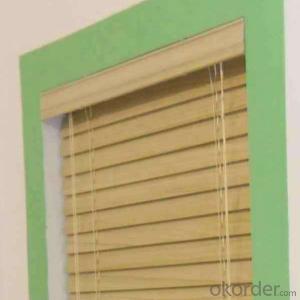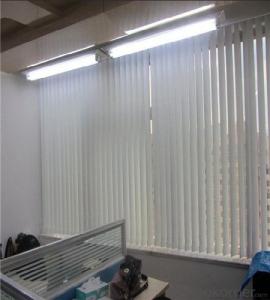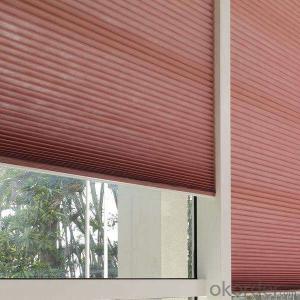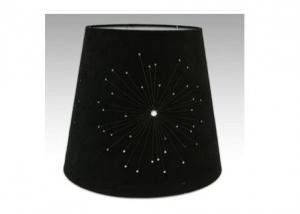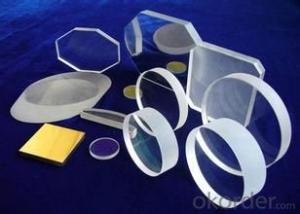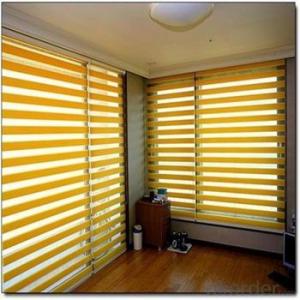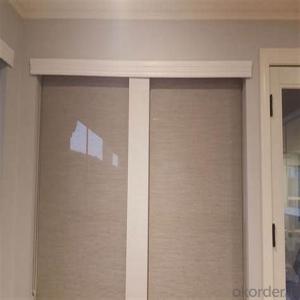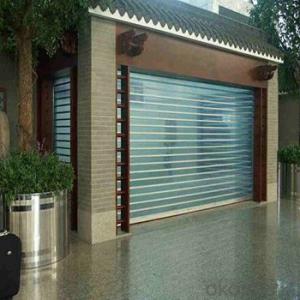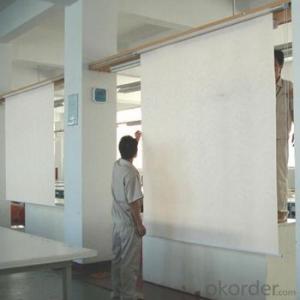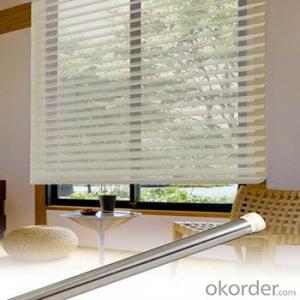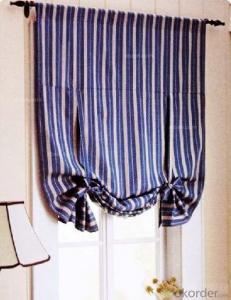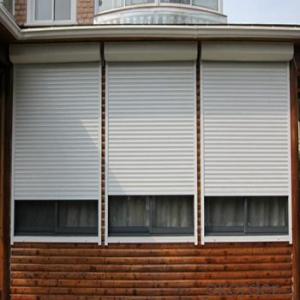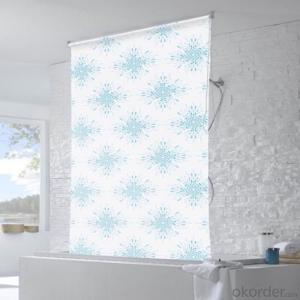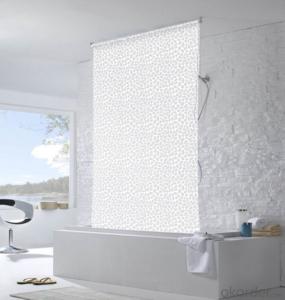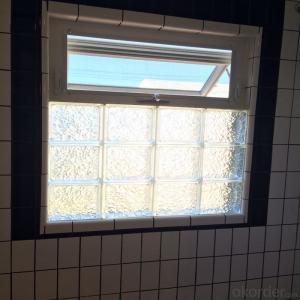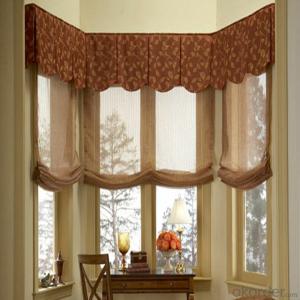Custom Shades For Windows
Custom Shades For Windows Related Searches
Cloth Shades For Windows Solar Shades For Windows Roller Shades For Windows Roof Window Shades Wallpaper For Office Walls Frame Custom Lights For Bedroom Walls Wall Lights For Bedrooms Lights For Houses Indoor Indoor Lights For Houses Track Lighting For Walls Peelable Paint For Cars Texture Coating Exterior Walls Outside Lights For Trees Ready Made Window Blinds Outdoor Lights For Trees Lights For Indoor Garden Holiday Lights For House Courtesy Lights For Cars Privacy Window Screen Window Closers Decorative Lights Indoor Sitting Room Wall Lights Exterior Textured Wall Coatings Accessories For Lighting glass bead wallpaper Computer Reading Glasses Horizontal Window Blinds Sun Chairs For Sale Partition Curtain WallCustom Shades For Windows Supplier & Manufacturer from China
Custom Shades For Windows are a popular choice for homeowners and businesses seeking to enhance the aesthetics and functionality of their windows. These shades come in a variety of styles, materials, and colors, allowing customers to select the perfect option to complement their interior design and meet their specific needs. They offer a range of benefits, such as providing privacy, controlling light, and insulating against temperature fluctuations.Custom Shades For Windows are widely used in residential and commercial settings, offering a versatile solution for a multitude of window types and sizes. They can be installed in living rooms, bedrooms, offices, and conference rooms, among other spaces, to create a comfortable and stylish environment. These shades can be easily adjusted to achieve the desired level of light control and privacy, making them a practical and convenient choice for any window treatment.
Okorder.com is a leading wholesale supplier of Custom Shades For Windows, boasting a vast inventory to cater to the diverse needs of customers worldwide. With a strong commitment to quality and customer satisfaction, Okorder.com ensures that each order is tailored to the specific requirements of the client, providing a personalized and efficient service. By offering a comprehensive selection of Custom Shades For Windows at competitive prices, Okorder.com has established itself as a reliable and trusted source for window treatments in the global market.
Hot Products
